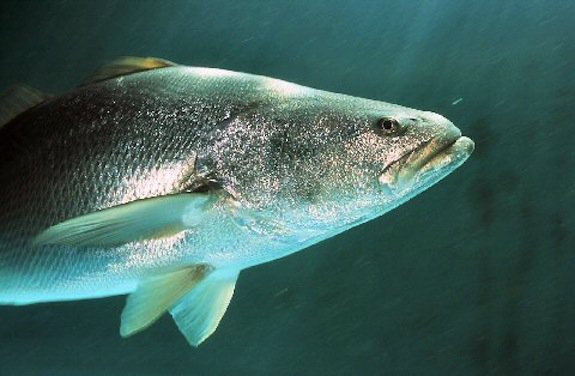Tiburones fall to Marineros in first round of Play-offs
The hometown baseball favorite, Tiburones de Puerto Peñasco, were not strong enough to battle Liga Norte de México (LNM) leader Marineros de Ensenada during the first round of play-offs, falling 4 games to 0. The final blow came before a hometown crowd on Tuesday night, July 19th, at the newly remodeled Francisco León García Stadium. The Marineros will now face Freseros de San Quintin for the championship after the Freseros overcame the Algodoneros de San Luis 4 games to 2.
No risk of “Red Tide” this Summer
By José Antonio Pérez
July 23, 2017. During the high summer tourist season in Puerto Peñasco, bivalve mollusks (oysters, scallops, clams, etc.) are safe for consumption and do not represent risks due to what is known as the “red tide” (marea roja), reports Carlos Decina Torres, Director of Sanitary Control for the State Health Risk Protection Commission (COESPRISSON). Though detected in early 2017 (leading to a ban from late January through April), there have been no recent reports of “marea roja” in Puerto Peñasco. Sea samples taken from areas of production and capture of bivalve mollusks are tested every two months to confirm these remain in good condition.
85% drop in crab production
By José Antonio Pérez
July 21, 2017. With yields of just 50 tons over the first 20 days of the 2017-2018 crab season, production rates have dropped 85% over last year, according to Hermenegildo Ramírez López of the Peñasco Federal Fishing Office. Considering crab is one of the primary pillars for coastal fishermen, yields are well below that expected by producers. Generally, the crab season also allows smaller vessels to address operational expenses. Given this, some coastal fishermen have opted for the capture of Black Murex (caracol chino). Despite a slow beginning to the crab season, detailed Ramírez López, at least eight months remain and hopes are there is still time for numbers to equal the 2016 production of 1,4000 tons. There are approximately 300 crab fishing permits in Puerto Peñasco.
PROFEPA set to put end to illegal marketing of totoaba
By José Antonio Pérez
July 21, 2017. The Federal Environmental Protection Attorney (PROFEPA) states steps underway will put an end to the illegal trafficking of totoaba, which is highly sought on the Chinese market and has come to be called the “cocaine of the sea” given its significant value on the black market. A kilo of the totoaba fish bladder can run over $8500 USD on the Chinese black market, and is believed to be an aphrodisiac. PROFEPA Director Guillermo Haro Bélchez noted while illegal trafficking of wildlife is not a major problem in Mexico, one of the greatest concerns is that concerning the endangered totoaba, which is endemic to and only found in the Upper Gulf of California. He further remarked, the problem has decreased in recent months given direct measures, among which is that of a total ban on the use of gillnets. Haro Bélchez detailed an upcoming international meeting with the U.S. and China will seek to reach agreements to put an end to illegal totoaba trafficking.
Record production of Cannonball jellyfish in Upper Gulf of California
By José Antonio Pérez
July 19, 2017. With production to date of over 30,000 tons, the cannonball jelly fish has hit record levels in the Upper Gulf of California, after nearly disappearing in 2016, reports Hermenegildo Ramírez López, head of the Puerto Peñasco Federal Fishing Office. He added jellyfish capture and processing represents important economic revenue and the creation of at least 3000 jobs. Though capture is primarily in the Gulf of Santa Clara, processing of the cannonball jellyfish extends to Mexicali in Baja California, and Puerto Peñasco. This is important precisely during a time when the fleet has little mobility given the seasonal ban on shrimp, shark, manta ray, and other resources.

